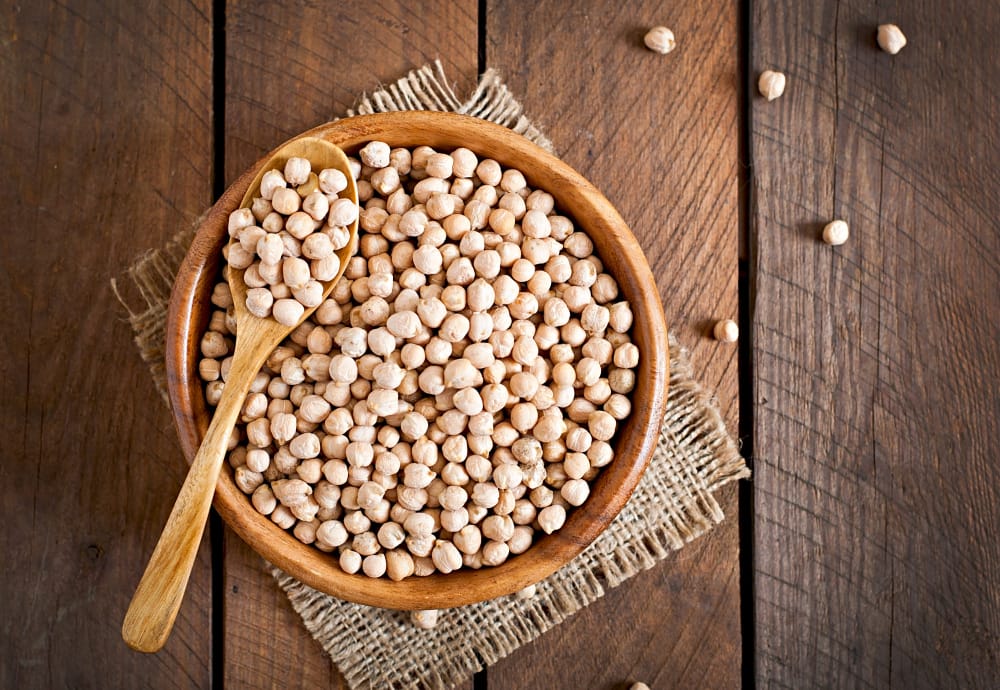Chickpeas are a nutrient-dense food, providing rich content (20% or higher of the Daily Value, DV) of protein, dietary fibre, folate, and certain dietary minerals such as iron and phosphorus. Thiamin, vitamin B6, magnesium, and zinc contents are moderate, providing 10—l6″Z» of the DV. Chickpeas have a Protein Digestibility Corrected Amino Acid Score of about 0.76, which is higher than many other legumes and cereals.
Spanish : semilla de chana, Moutarde German : Chana-Samen, Senap Arabic : budhur shana, Mosterd Italian : seme chana, Mostarda Russian : semena khany, Chinese : Chá nà zhǒngzǐ

